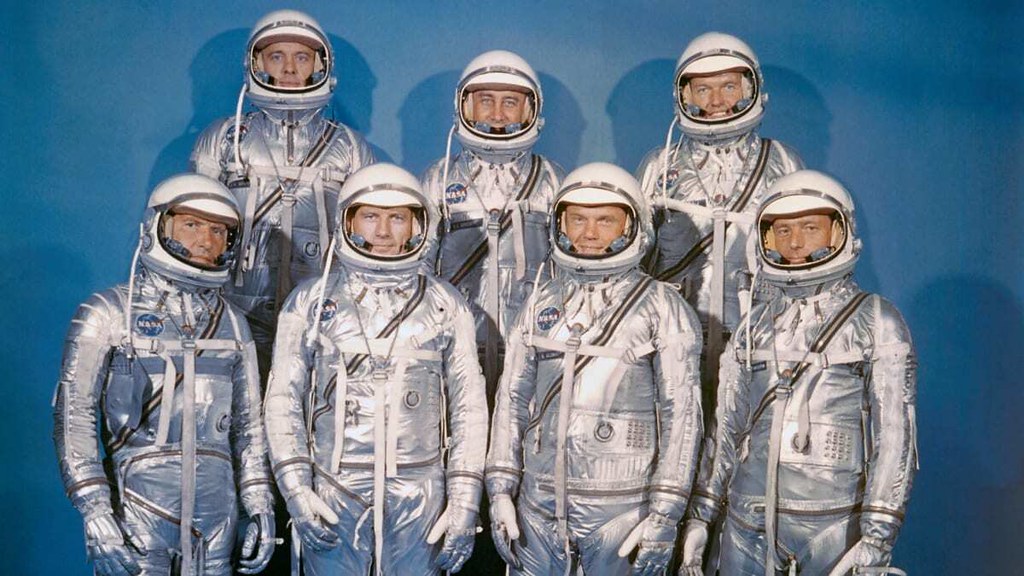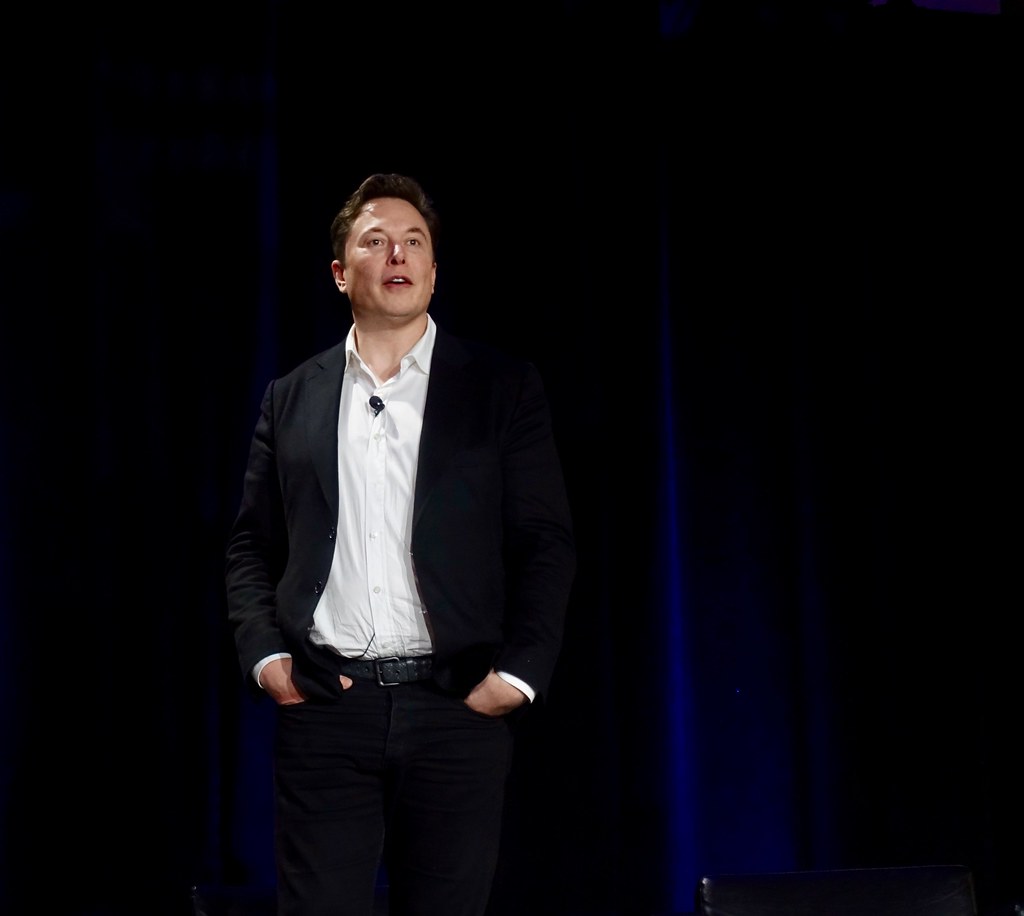The Manhattan Project: The Day the World Held Its Breath

When scientists gathered in the New Mexican desert in 1945 to test the first atomic bomb, the stakes were nothing short of apocalyptic. The Trinity test marked the birth of the nuclear age, but even the experts weren’t sure what would happen when the bomb went off. Some feared the explosion could ignite the atmosphere, ending life on Earth. Thankfully, the bomb “only” unleashed a fireball brighter than the sun and a mushroom cloud that shook the ground for miles. Yet, the radioactive fallout drifted farther than expected, contaminating nearby communities. The Manhattan Project changed warfare and global politics forever, but its legacy is haunted by the risks scientists took and the long-term health effects still studied today.
Stanley Milgram’s Obedience Study: When Authority Goes Too Far

In the early 1960s, psychologist Stanley Milgram wanted to understand why people obey authority figures—even when asked to harm others. His experiment asked volunteers to deliver what they believed were painful electric shocks to another person for wrong answers. Many participants, sweating and shaking, kept shocking the “learner” just because a researcher told them to. The shocks were fake, but the emotional trauma was very real. Milgram’s study revealed shocking insights into human nature, but it also sparked outrage over the distress caused to volunteers. Ethics boards now use Milgram’s work as a cautionary tale, and modern studies rarely allow this kind of psychological risk.
The Large Hadron Collider: Smashing Particles, Flirting with Disaster

The Large Hadron Collider (LHC), buried deep beneath the French-Swiss border, is the world’s biggest particle accelerator. When it was first switched on in 2008, some critics worried it might create black holes capable of swallowing the Earth. Scientists reassured the public that the risk was almost zero, but public anxiety spiked. The first test run ended in a massive helium leak, causing millions in damage and delaying the experiment for over a year. Eventually, the LHC helped discover the Higgs boson in 2012, confirming a cornerstone of particle physics. The world didn’t end, but the LHC’s debut was far bumpier than anyone expected.
Fleming’s Penicillin Discovery: A Moldy Accident That Saved Millions

In 1928, Alexander Fleming returned from vacation to find that one of his Petri dishes was contaminated with mold. Instead of tossing it, he noticed the bacteria near the mold had died. If Fleming had cleaned up his lab that day, the world might never have discovered penicillin. His accidental experiment revolutionized medicine, turning deadly infections into treatable conditions. But in the early days, producing enough penicillin was a huge challenge—some batches were lost to contamination, and the drug nearly failed to reach the public in time for World War II. Today, penicillin is credited with saving over 200 million lives, but it all started with a lucky mishap.
The Tuskegee Syphilis Study: An Ethical Catastrophe

Between 1932 and 1972, U.S. Public Health Service researchers studied the effects of untreated syphilis in Black men from Tuskegee, Alabama. Participants were misled, denied treatment, and left to suffer, even after penicillin became available. The experiment was supposed to help fight disease, but instead it became a shocking example of medical exploitation and racism. The outcry after the study was exposed in 1972 led to major reforms in research ethics, including informed consent requirements. The Tuskegee Study’s dark legacy still haunts medical research, eroding trust in science even decades later.
Project Mercury: The First Humans in Space Face the Unknown

When the United States launched its first astronauts in Project Mercury in the early 1960s, no one really knew what would happen to a person in space. Would their blood boil? Would they go insane? Astronaut John Glenn orbited the Earth in 1962, and for a terrifying moment, mission control thought his heat shield was loose—a mistake could have caused his capsule to burn up on reentry. Glenn survived, and his flight proved humans could survive in space, inspiring the race to the Moon. But behind the triumph were close calls and split-second decisions that could have ended in disaster.
Chernobyl Nuclear Reactor Test: A Catastrophe in the Making

On April 26, 1986, engineers at the Chernobyl nuclear plant in Ukraine ran a safety test that spiraled out of control. Operators disabled critical safety systems and pushed the reactor to its limits, triggering a massive explosion. The core melted down, spewing radioactive material across Europe. The disaster killed dozens immediately and exposed hundreds of thousands to dangerous radiation. The Chernobyl accident is often cited as a tragic lesson in human error and the dangers of unchecked experimentation with powerful technology. Decades later, its consequences are still felt in health studies and environmental monitoring.
The Stanford Prison Experiment: Power Corrupts, Quickly

In 1971, psychologist Philip Zimbardo turned a Stanford University basement into a mock prison, randomly assigning students to be guards or prisoners. Within days, the “guards” became abusive, and “prisoners” broke down emotionally. The experiment, planned for two weeks, was called off after just six days. Zimbardo’s study shocked the world, showing how quickly people can fall into roles and lose their sense of right and wrong. But the emotional harm suffered by participants led to criticism and new rules for protecting volunteers in psychological research. The Stanford Prison Experiment remains one of the most debated—and disturbing—studies in psychology.
Operation Crossroads: Nuclear Tests That Poisoned Paradise

In 1946, the U.S. military detonated two atomic bombs at Bikini Atoll in the Pacific Ocean to study the effects of nuclear explosions on warships. The tests created massive mushroom clouds and deadly radioactive fallout. The local Marshallese people were forcibly relocated, and many suffered health problems due to lingering contamination. Boats, animals, and even coconuts became dangerously radioactive. Operation Crossroads revealed the terrifying power of atomic weapons, but it also devastated an entire community and ecosystem. The atoll remains uninhabitable nearly 80 years later.
CRISPR Gene Editing: Rewriting Life’s Code With Uncertain Results

CRISPR-Cas9 gene-editing technology has revolutionized biology by making it possible to cut and paste DNA with extraordinary precision. In 2018, Chinese scientist He Jiankui shocked the world by announcing the birth of the first genetically edited babies. The experiment, meant to prevent HIV infection, triggered global outrage over ethical concerns and possible unknown risks to the children. Jiankui was later sentenced to prison, and the scientific community scrambled to impose stricter guidelines. CRISPR’s power is undeniable—it promises cures for genetic diseases, but the race to use it has already shown how easily science can get ahead of ethics.







